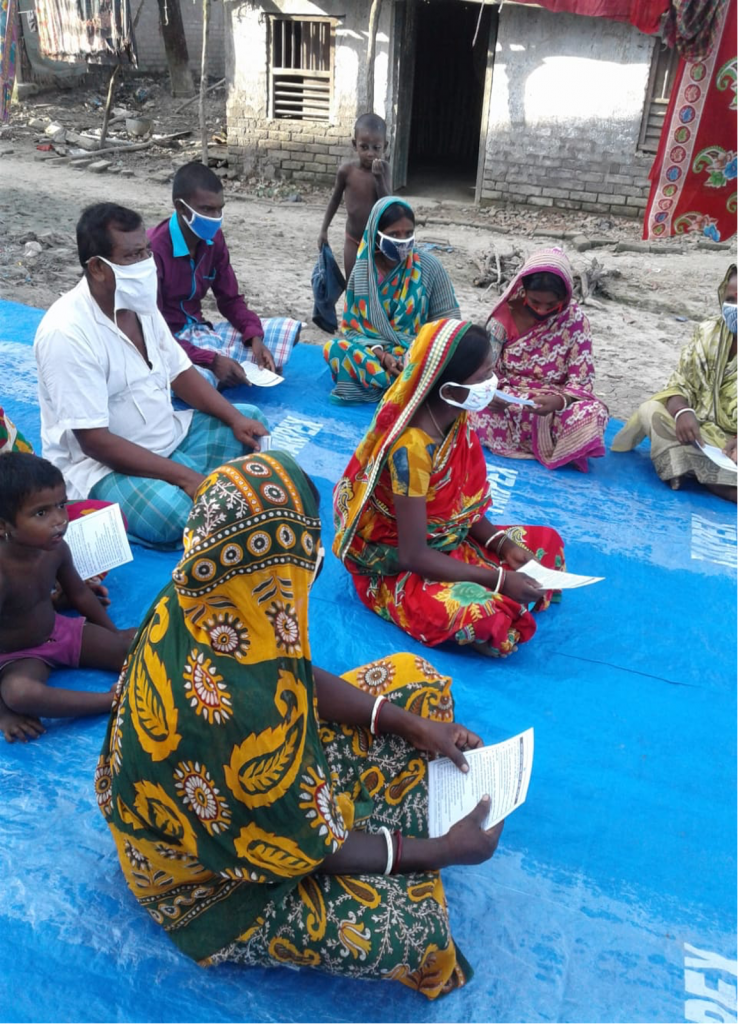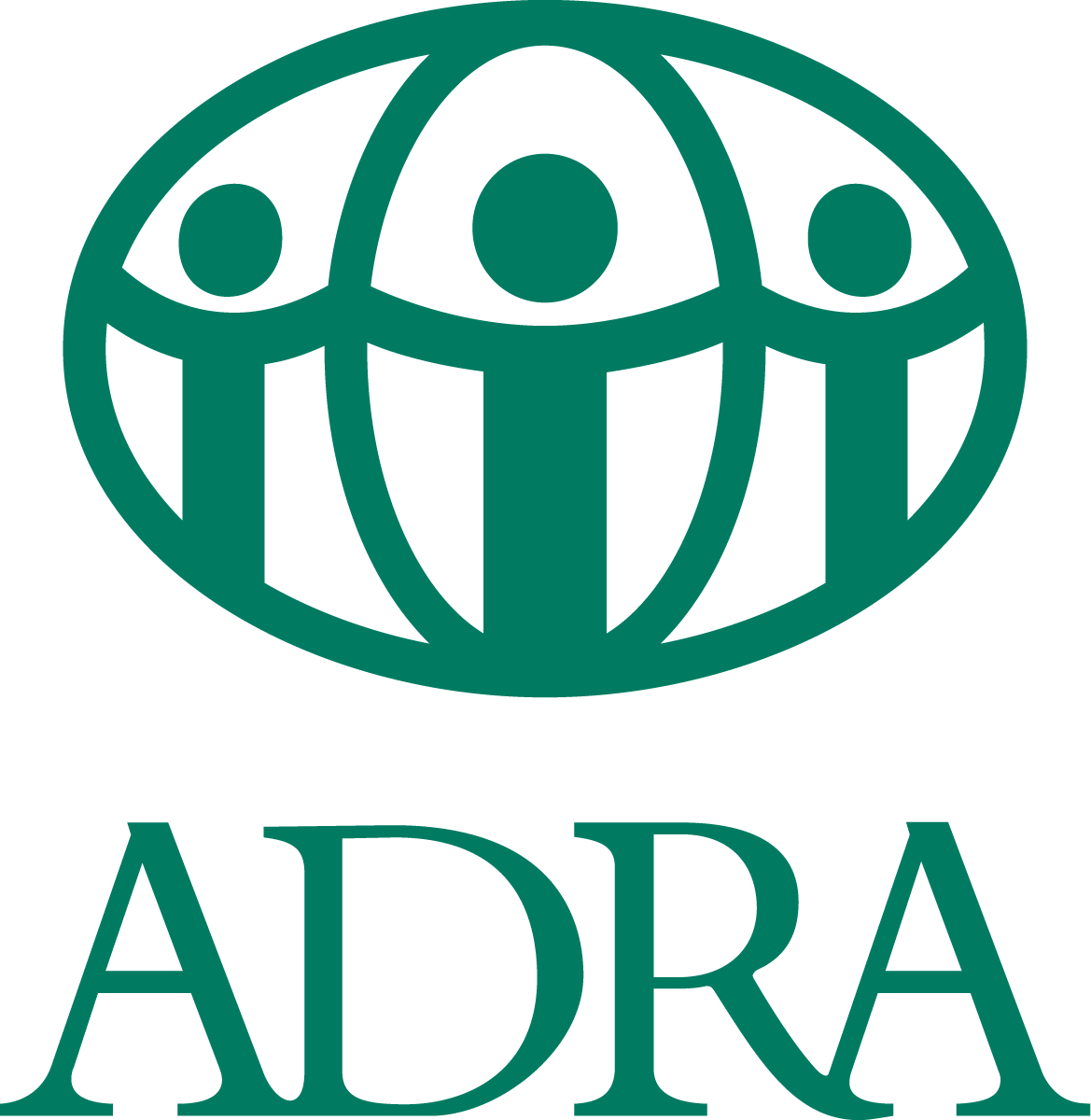West Darakapur village in the Patharpratima Gram Panchayat, West Bengal is a very poor village with 1120 inhabitants. Primary livelihood of the inhabitants is agriculture and fishing. Poverty has forced labourers from 350 households to migrate to other parts of the country in search of work. There is a tribal hamlet of nearly 50 households on the western fringes of the island living by the saline river estuaries. With no land or other productive resources, these families earn their living by fishing crabs from these saline rivers. They fight poverty to live a life every day and fear the disaster risk every season as they live very close to sea. They mostly remain isolated from the outside world mostly.

This tribal hamlet had heard of COVID-19 but did not think much of it as they believed ‘this disease is of the urban populace and we live in the remote rural area so nothing will happen to us.’ During the first visit by our community mobilizer for IPC (Inter Personal Communication), they were reluctant to cooperate with him and did not come for the meeting or welcome him to their houses. This continued for the next two visits.
The community mobiliser then identified the key influencers who could help make an entry into the community. Initially the key influencers including the community leader were also unwilling to listen to the community mobiliser. But after extensive counselling, the community leader agreed to call upon a meeting with his community. As they believed that the disease could not reach their community, no one wore a mask. The community leader also did not show much interest in wearing a mask.
Community mobiliser sensitized a group of 4-5 people on COVID-19. The participants did not seem interested in the session. But the mobilizer continued visiting the village for the next 3 days and organising meetings with the villagers in small groups of 4-5 people. Even after 3-4 interactions in different groups, the community did not show much keenness. The community leader supported and helped in organising the meetings with the community. None of the villagers wore a mask during the initial meetings. After continuous engagement on risk communication with community members, community mobiliser in the 5th meeting saw a remarkable change in the community behaviour as all the villagers attending the meeting including the community leader were wearing a mask. Since then, the community members are seen wearing face mask when stepping out of their houses or meeting people. The villagers have also accepted the community mobiliser and participate in spreading awareness on COVID-19 preventions/protocols among the larger groups. The tea stalls owner in the same hamlet made it mandatory to use face masks and maintain physical distancing in his stall. He also started selling masks from his tea stall.





